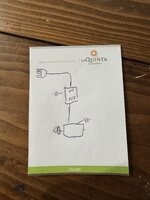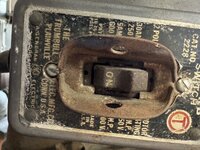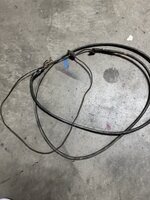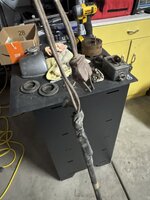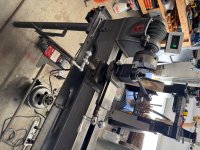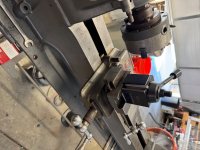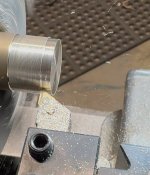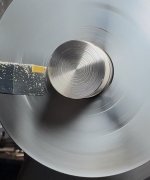Alchemist
Member
Over the weekend I was given a Delta 1460. At least that is what I believe it to be. It was stored in a barn. It's in pretty good condition!
So far, I unseized the 3-jaw chuck.
Disassemblied the head for new bearings.
This is the problem… the semi-original (because I really don't know) is a two prong spliced in lamp wire.
It is set for 110v. Should I try and make it a 3-prong with a ground or keep it 2-prong?
my Laguna 12/16 is out of commission and while I can't do anything about it, I decided I'd work on this.
Laguna customer service is really not good!
So, any help is appreciated!
- David
@alchemist_woodwork
So far, I unseized the 3-jaw chuck.
Disassemblied the head for new bearings.
This is the problem… the semi-original (because I really don't know) is a two prong spliced in lamp wire.
It is set for 110v. Should I try and make it a 3-prong with a ground or keep it 2-prong?
my Laguna 12/16 is out of commission and while I can't do anything about it, I decided I'd work on this.
Laguna customer service is really not good!
So, any help is appreciated!
- David
@alchemist_woodwork
Attachments
-
 IMG_3367.jpeg291.5 KB · Views: 223
IMG_3367.jpeg291.5 KB · Views: 223 -
 IMG_3364.jpeg354.3 KB · Views: 209
IMG_3364.jpeg354.3 KB · Views: 209 -
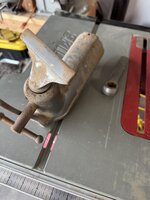 IMG_3365.jpeg201.6 KB · Views: 205
IMG_3365.jpeg201.6 KB · Views: 205 -
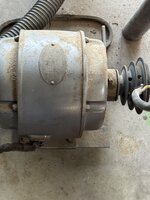 IMG_3366.jpeg295.3 KB · Views: 214
IMG_3366.jpeg295.3 KB · Views: 214 -
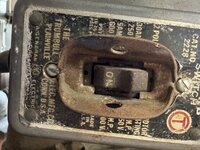 IMG_3368.jpeg400 KB · Views: 208
IMG_3368.jpeg400 KB · Views: 208 -
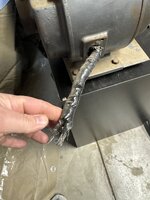 IMG_3373.jpeg278.9 KB · Views: 206
IMG_3373.jpeg278.9 KB · Views: 206 -
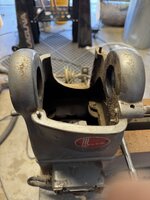 IMG_3375.jpeg222.6 KB · Views: 204
IMG_3375.jpeg222.6 KB · Views: 204 -
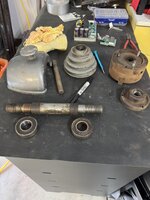 IMG_3376.jpeg303.8 KB · Views: 209
IMG_3376.jpeg303.8 KB · Views: 209 -
 IMG_3369.jpeg459.3 KB · Views: 227
IMG_3369.jpeg459.3 KB · Views: 227 -
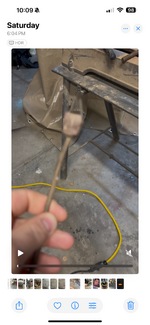 IMG_3378.png851.7 KB · Views: 221
IMG_3378.png851.7 KB · Views: 221


